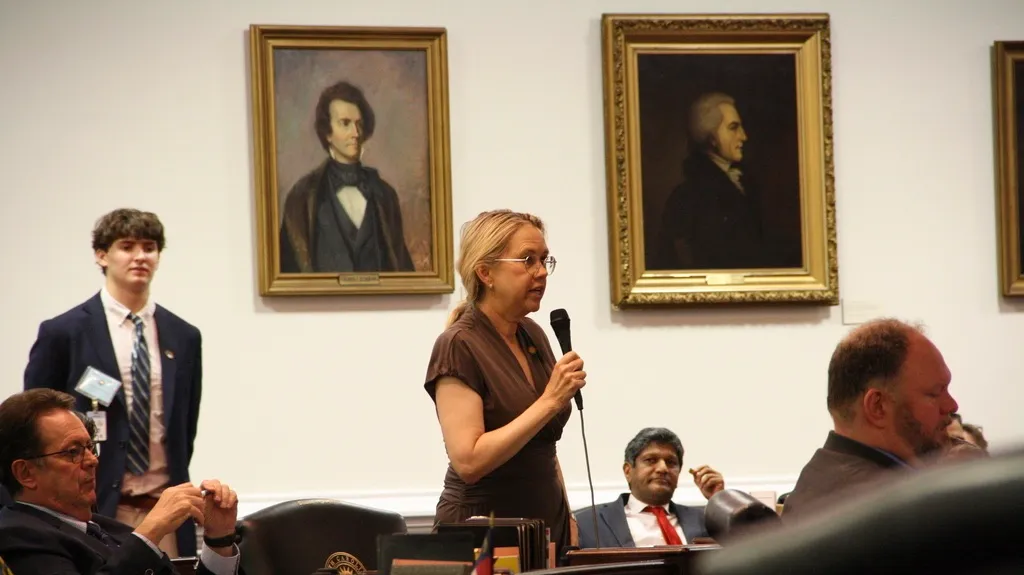December 22, 2016
New Funders Concerned About AIDS Report Shows Highest Philanthropic Funding Point Since 2008
EDGE READ TIME: 4 MIN.
Funders Concerned About AIDS (FCAA), the leading voice on philanthropic resources for the global AIDS epidemic, released its 14th annual Philanthropic Support to Address HIV/AIDS report. This year's findings indicate that global philanthropic funding to fight the epidemic increased 10 percent from 2014, reaching $663 million, the highest level of funding since 2008.
"Although the increase in philanthropic funding is encouraging, there is still much effort needed to ensure we have the resources necessary to meet global HIV and AIDS targets," said John L. Barnes, FCAA Executive Director. "It's important to note, too, that philanthropic resources allocated to fighting the epidemic are concentrated among a handful of donors, leaving the field vulnerable to the decisions and fluctuations of a relatively small group."
The 2015 rise in philanthropic funding was driven by significant increases from several of the top 10 funders, specifically Gilead Sciences, which gave $51 million more in 2015 than 2014. ViiV Healthcare, Children's Investment Fund Foundation, Johnson & Johnson and M�A�C AIDS Fund also increased funding between $5 million and $13 million each from 2014 and 2015. Though impressive, this growth was partly offset by decreases in funding from other organizations.
For the first time this year, FCAA is providing a breakdown of funding which highlights the efforts of organizations whose work focuses specifically on HIV/AIDS. Although comprised of just 25 organizations -- five percent of all funders -- this group provided critical leadership in areas including support for key populations, community-led funding mechanisms, and driving advocacy for funding.
"Ending the epidemic will require us to look beyond the list of funding organizations typically highlighted in this report to those that address key issues intersecting with, and often fueling, HIV and AIDS - such as racism, homophobia, poverty, and reproductive health and justice," said Channing Wickham, Executive Director of the Washington AIDS Partnership, and Chair of the FCAA Board of Directors.
Other key findings from the 2015 report include:
While overall philanthropy from U.S.-based foundations and corporations reached a new high of $78.3 billion, HIV/AIDS-specific work amounted to $558 million in 2015. Although this is a 10 percent increase from 2014, it points to the issue of AIDS remaining a lower priority for this audience; just 71 cents of every U$100 was allocated to issues related to the disease.
FCAA's report also highlights that HIV/AIDS-related private philanthropy represents just two percent of the total resources available to fight the epidemic in low- and middle-income countries. At the same time, UNAIDS estimates that resources to address the epidemic in these countries will need to rise from $19 billion in in 2015 to $26.2 billion in 2020.1 Without so doing, we will not reach the UNAIDS global "Fast Track Targets" or meet the United Nations Sustainable Development Goals deadline of ending AIDS by 2030.
"While philanthropy is a small part of the equation, it is essential," said Barnes. "We must continue to fight for increased funding, to support those most vulnerable, and to leverage investments in advocacy to ensure our combined efforts will reach the ambitious goal of ending AIDS."
The complete study is available here.


